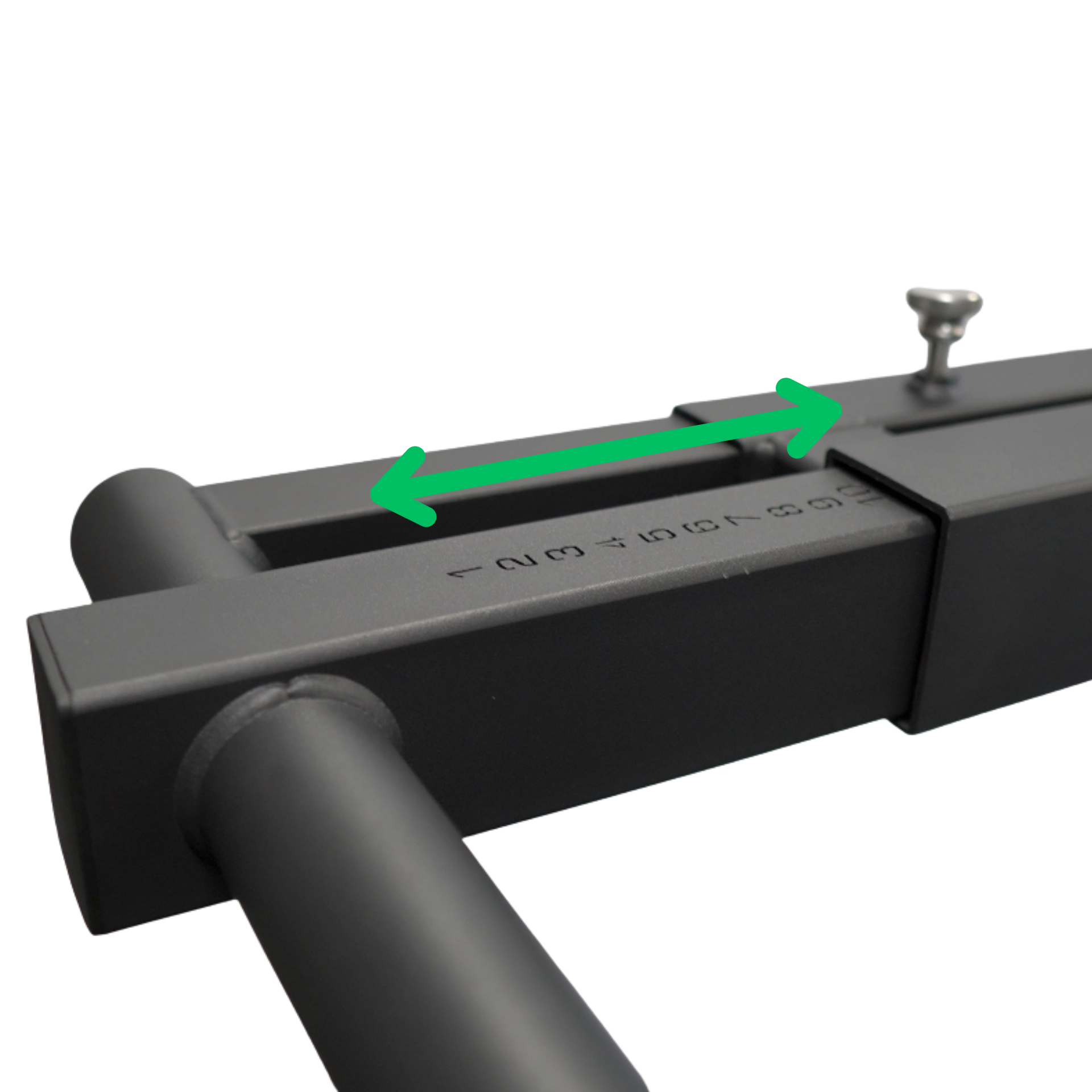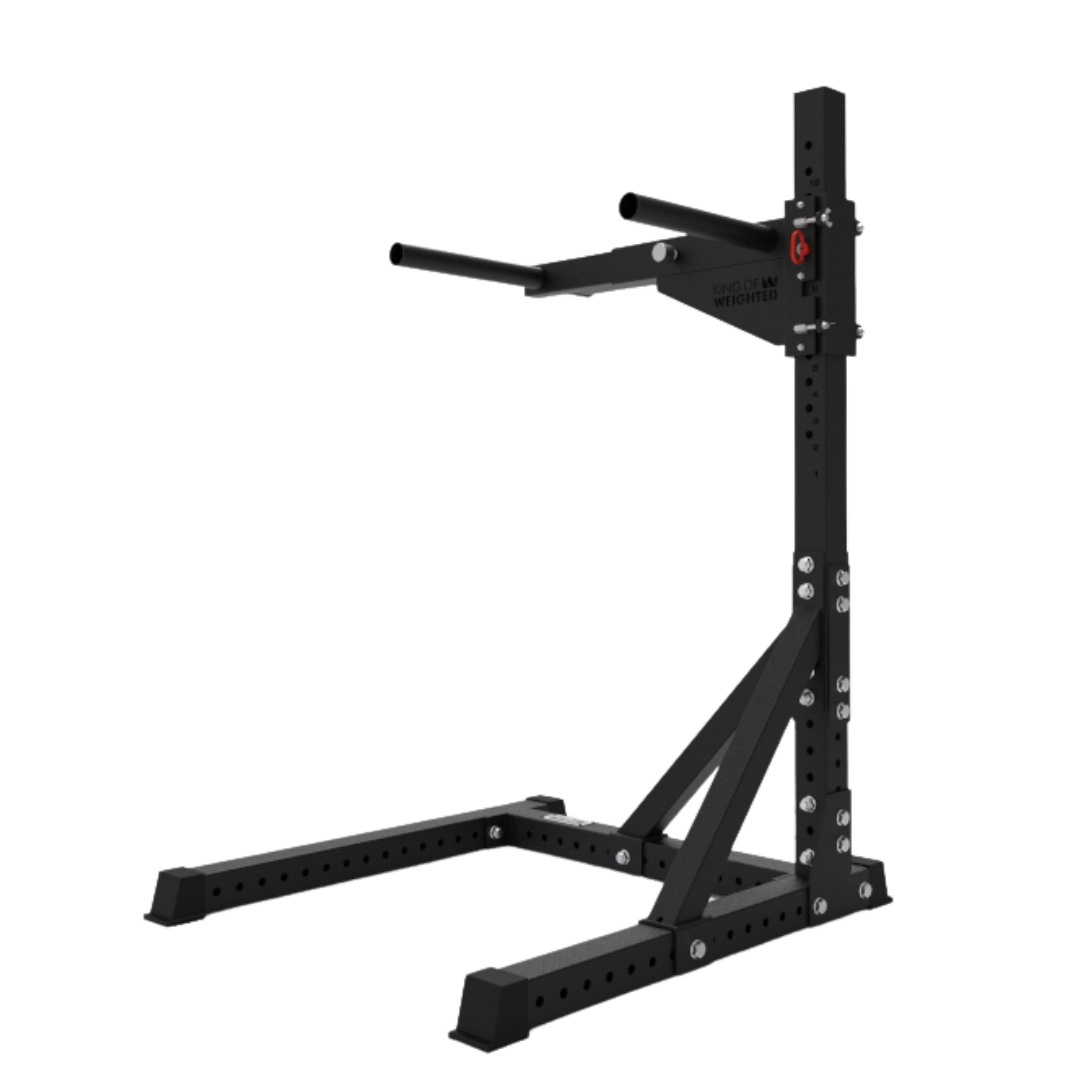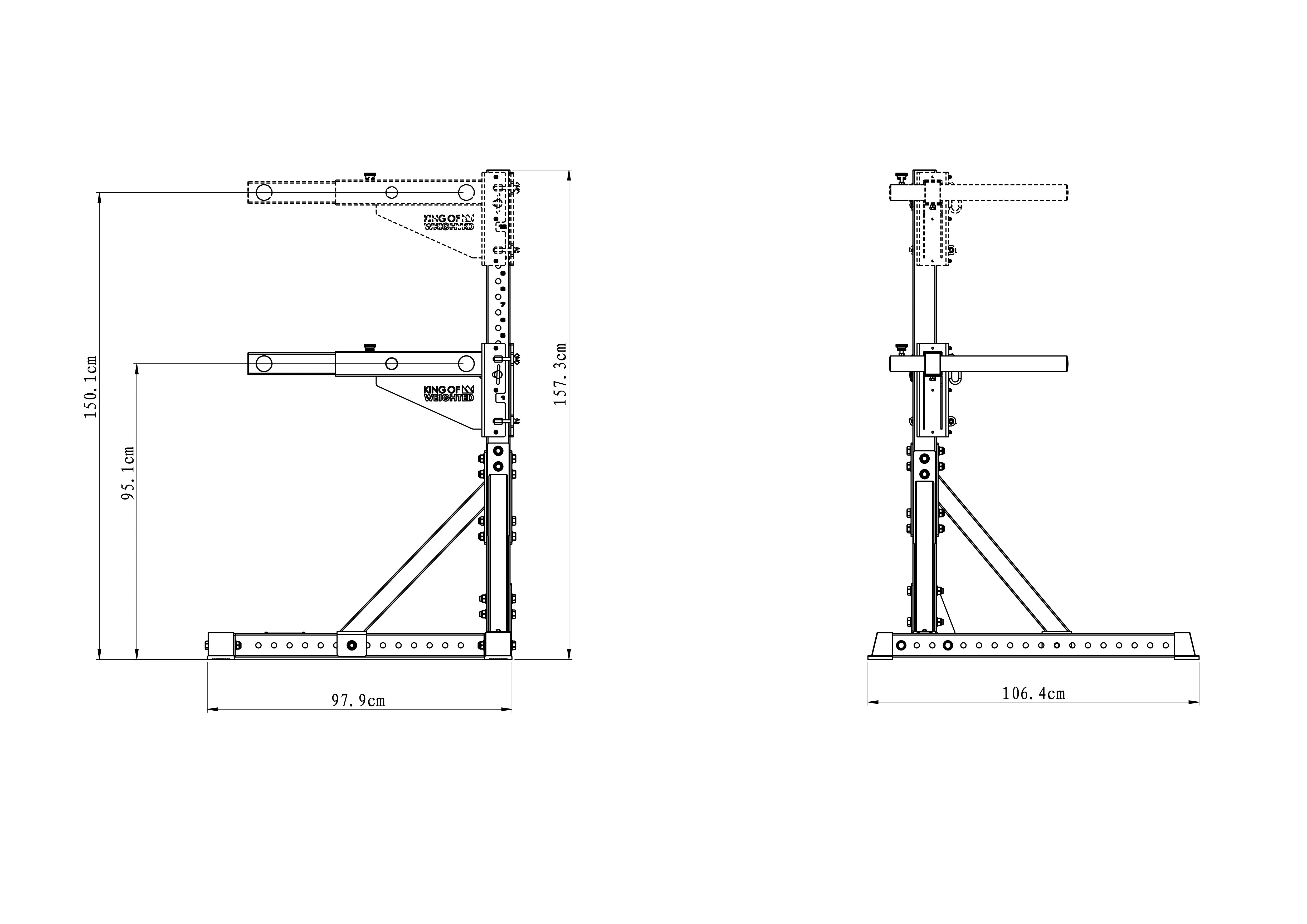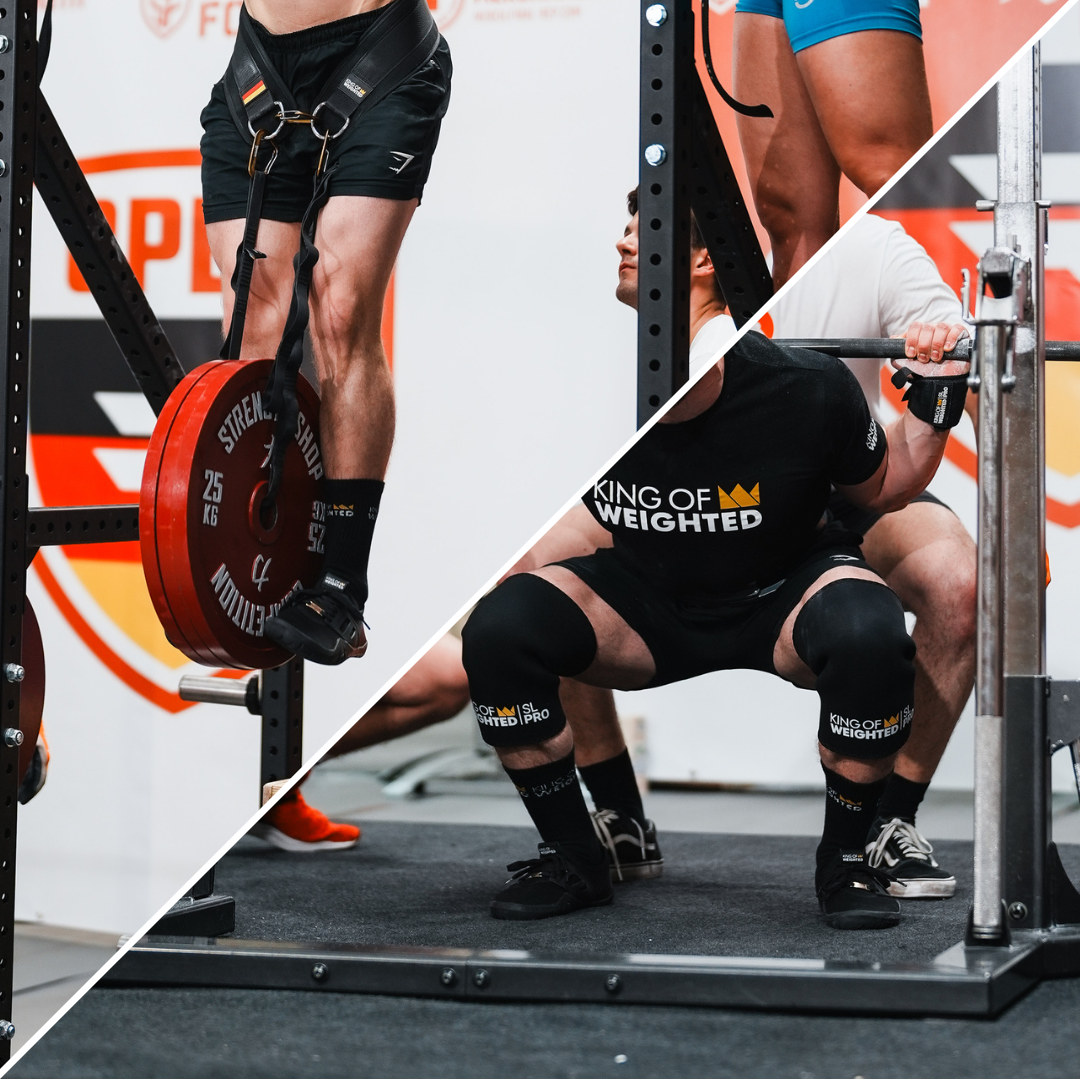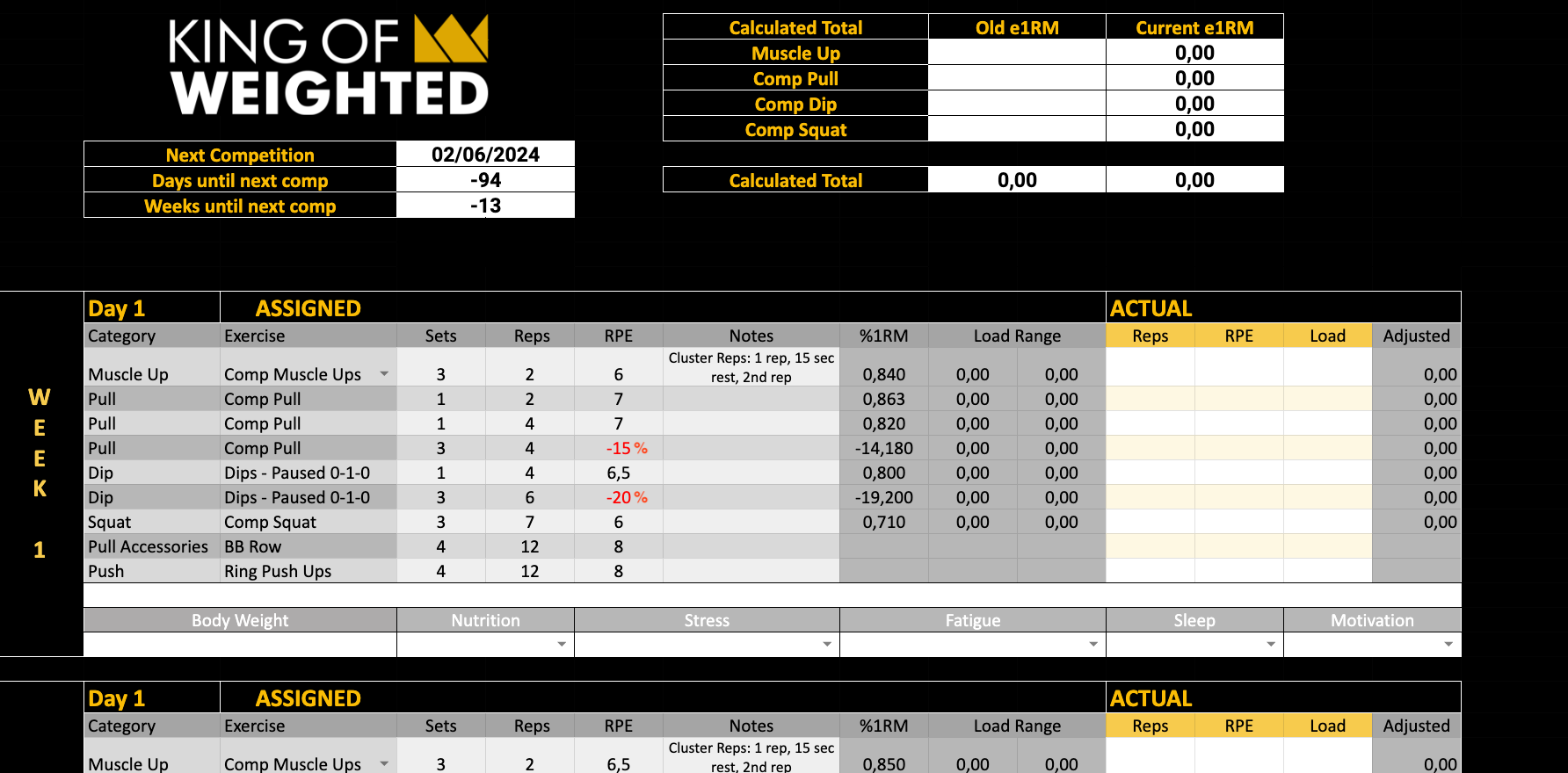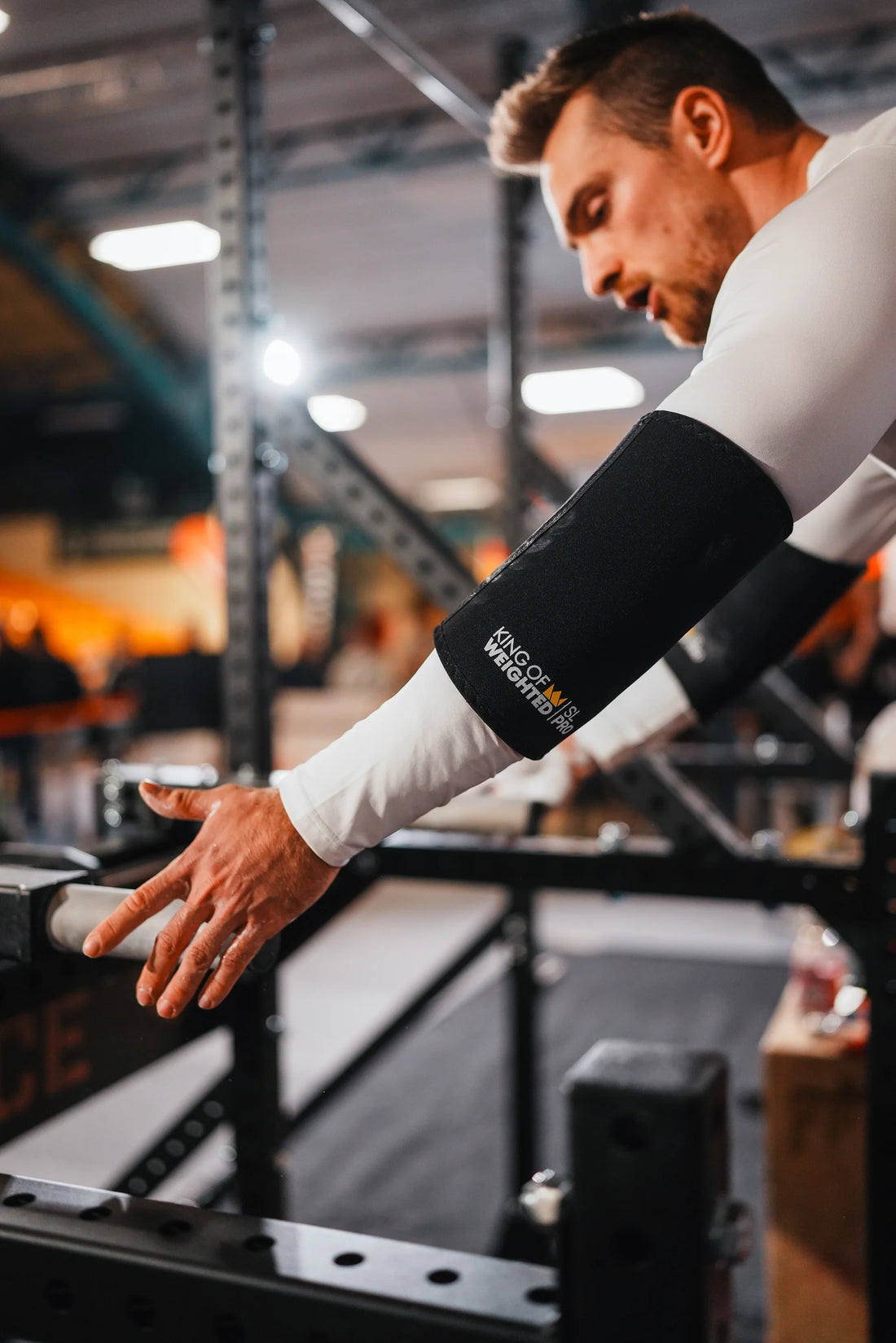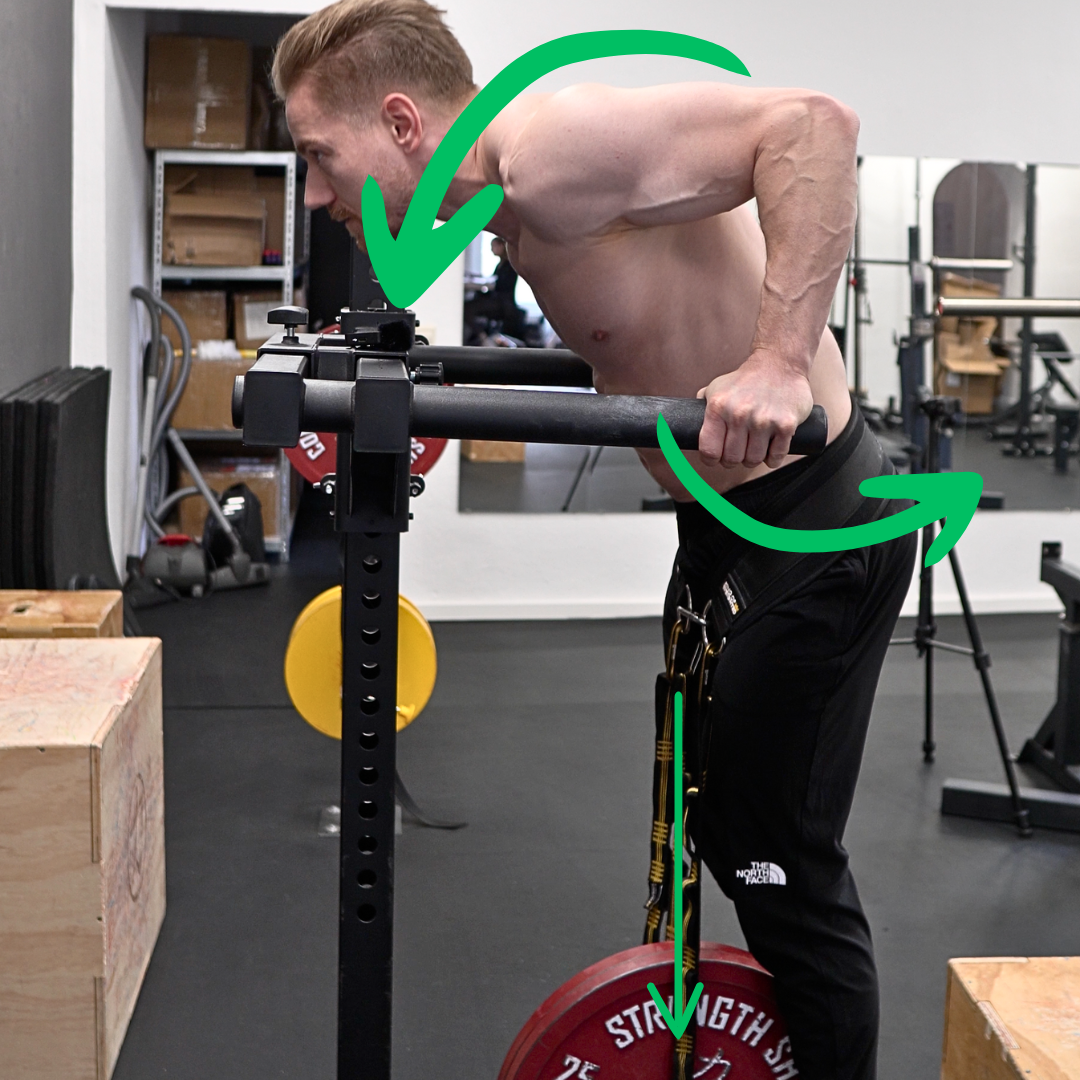Understanding Primary, Secondary, and Tertiary Training Days:
Reading time: 5min
One of the main problems with strength training programs is to balance heavier days and light days with a focus on technique and training very close to failure to drive hypertrophy. Each of these athletic qualities is important. They all influence each other. To create a training system that ensures consistency and predictability in performance, the following system is used by advanced strength coaches.
The idea is pretty simple. We will distribute the training of our competition exercises depending on the frequency we want to use on different days. Each of these training days has a different main purpose given by the label of the day. This makes it very easy to create a structured training program where you can make sure, that incorporates all the athletic qualities that you need for a given lift (strength, skill, hypertrophy, etc.). These labels are called ‘Primary Day’, ‘Secondary Day’ & ‘Tertiary Day’
A structured approach to strength
If we want to structure a streetlifting program, Primary, Secondary, and Tertiary training days are key to managing strength development, fatigue, and skill refinement. These days will help you to optimize performance on competition day, ensuring consistency and predictability of your training. Let’s take a look at the primary day first, and what you can use it for.
Primary Days
- Goal: Maximal performance and strength assessment.
- Purpose: On primary days, the focus is on the highest load and performance, often with the most competition-specific movements (e.g., comp muscle ups, pull-ups, dips, and squats). This is the day when you push your heaviest sets, giving a clear indication of where your strength currently stands. Primary days often involve lower reps (1-3) to ensure you're training with intensities closest to what you’ll experience in competition.
- Key Concept: High objective loads, low-rep, competition-specific training. This is the day to measure your progress and prepare your body for the demands of a streetlifiting meet.
Remember, those are just labels that you put on a certain training session of a lift. Depending on your individual needs, rep ranges and systems can vary. The primary day is the cornerstone of your program. The following training sessions will be designed to ensure the best performance and training status on the primary day.
Secondary Days
- Goal: Volume and skill practice.
- Purpose: Secondary days offer a balance between intensity and volume. While they don't push the highest loads, they still contribute significantly to strength and technical development. These sessions may include variations like paused or tempo lifts to address technical weaknesses, improve control, and prevent overloading. The goal is to maintain strength gains without overloading the muscles, which could hinder recovery for primary days.
- Key Concept: Variable intensity (low to high depending on the lifter) with a focus on technique and controlled volume. It's about refining form and adding stimulus without maxing out.
Training a lift just once a week is often not sufficient to promote optimal strength adaptations. One training session, especially if it is a heavy one, will be very limited on the amount of training and so stimulus that you can generate. This is where the secondary session comes in. This is the session that you will use to increase the weekly volume and skill practice for that lift while keeping an eye on the amount of fatigue it will generate. The goal of this day is to supplement your performance on the primary day, not to make you too tired to perform.
Tertiary Days (and Beyond)
- Goal: Additional stimulus and preparation for primary days.
- Purpose: Tertiary days (and any additional sessions) are designed for light technique work or additional volume to keep the body primed. These sessions involve the lowest exertion and are used to prevent detraining while allowing for recovery. Variations or comp-specific lifts can be included but at very low intensities. The purpose here is not to push hard but to prepare the body for upcoming primary days and maintain a consistent training rhythm.
- Key Concept: Light to moderate stimulus, focused on movement quality, and preparation for heavier sessions. A low-risk way to stay sharp without inducing fatigue.
For some lifts or some lifters, depending on their individual needs, training a certain movement thrice a week can be beneficial. If you train 3x, it gets more difficult to create a stimulus without fatiguing yourself too much to perform on the primary day. This is where light tertiary days will be placed. You will use them to stay primed. This means you want to avoid the bar/load feeling ‘heavy’ on the back or the belt and also want to feel technically safe with the lift. This could be done with a tertiary session shortly before the primary session.
It is important to note, that primary days of a certain lift can be combined with secondary or tertiary sessions of other lifts. The labels are given to the training for a single lift, not a whole training day.
Example, Pull Ups and Dips:
This could be a sequence for an advanced lifter. The dip usually uses more load, which takes longer recovery times so a frequency of 2 could work great. For the pull-ups, in this scenario, more volume can be trained as it’s a lift with less objective load and shorter recovery times. The reps, sets, and percentages are ‘randomly’ selected. Depending on your needs, training phase, and personal preference these should be adjusted accordingly. That is also true for possible tempo and technique variations for the secondary or tertiary day.
|
Lift |
Primary Day |
Secondary Day |
Tertiary Day |
|
Weighted Dip |
3x3 @ 90% 1RM |
3x5 @82.5% 1RM |
/ |
|
Weighted Pull Up |
1x1 @92.5%, 3x3 |
4x5 @80% 1RM |
2x8 @75% |
For more in-depth knowledge about this system and how to use it check out our strength programming course. If you want to work with a strength program that uses this framework adjusted to your needs, check out our SL Pro Program Builder.







